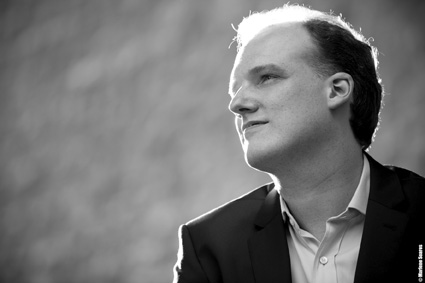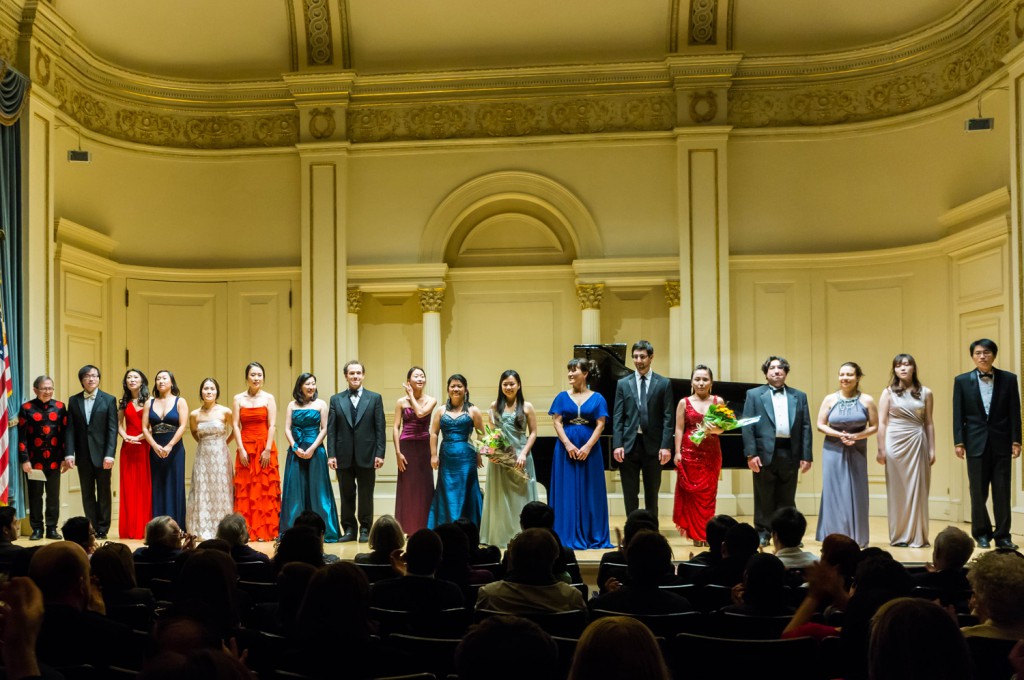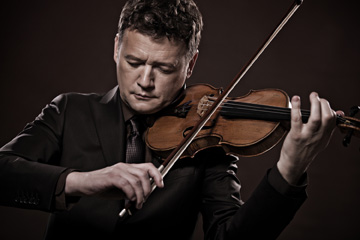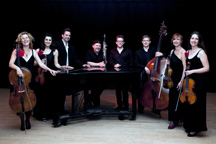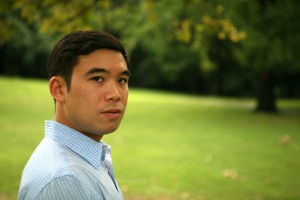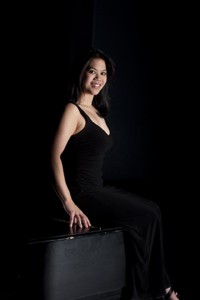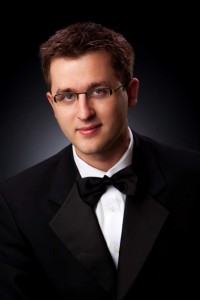Following the 2012 release of a well-received all-Chopin recording on the Fondamenta label, Luxembourgian pianist Jean Muller kicked off a world tour with largely the same repertoire in a fine recital at New York’s Weill Hall. It is not easy to offer fresh perspectives on the pillars of the Chopin piano literature, particularly after the composer’s bicentennial blitz of 2010, but Mr. Muller appears oblivious to any need to be different (or the same, for that matter); it is enough to be oneself, as Mr. Muller appears to know. These days, the slow burn of being a sincere, dedicated musician is almost revolutionary in its own right.
His program’s first half was made up of the complete Ballades. His were nuanced, at times understated, renditions of these musical treasures. With so many cranked up performances going around of what one could almost call “McBallades” at this point, this listener was relieved to discover that there was nothing formulaic or facile about Muller’s interpretations. Starting the G Minor Ballade (Op. 23) with a more pensive, deliberate first theme than one usually hears, Muller brought it a searching quality, as if encountering its mysteries for the first time. It was highly individual, without being distorted or eccentric. He played with a fluent, natural sense of rubato. Occasionally there were tonal balance issues exacerbated by a somewhat thin treble sound, but in each case one sensed that decisions had been made to favor overall dynamic pacing over individual cantabile lines. Indeed, the pacing toward climaxes was achieved skillfully, with refreshing attention to the work’s inherent logic and integrity. Technical hurdles were handled neatly without virtuoso excess – though perhaps with a bit too much caution for this listener.
The second Ballade (Op. 38) was similar in its strengths. Thoughtfully paced and with no exaggeration or bombast, it reflected the refined poetry of the work. Because the piece alternates quiet lyricism with tempests, this listener wished in turbulent sections for greater unleashing of this pianist’s full resources (as heard later on the program), but it seemed that Muller was holding his energies in reserve. Perhaps when performing all four Ballades, this is inevitable. The brilliant and dramatic coda was negotiated neatly, but with a bit more abandon it could have truly caught fire.
The third Ballade (Op. 47) was a highlight, not surprisingly, as it benefited from this pianist’s thoughtful, civilized approach. The famous rocking theme (or some say “cantering”) was especially winsome, and Muller built the ensuing drama well. Similarly the final Ballade (Op. 52), arguably the most challenging of the group to hold together, was unified with mastery. The chorale-like lull just before the ferocious coda was done perhaps more beautifully than I’ve ever heard – it’s prayerfulness stemming not merely from the perils ahead, as with some performances!
The second half included shorter works, framed by two Polonaises, the F-sharp minor, Op. 44 and the A-flat, Op. 53. Highlights were the poignant Mazurka in A minor Op. 17, No. 4 and the Waltz in A-flat Major, Op. 69, No. 1, both expertly phrased, the latter with especially golden-toned melodic beauty. The old chestnut Waltz in D-flat (Op. 64, No. 1, the “Minute Waltz”) had just the right élan, and the Posthumous Largo in E-flat Major added novelty to the otherwise widely known offerings. Also heard were the Mazurkas in A minor, op. 67, No. 4, and in C Major, Op. 68, No. 1, both handled with polish and sensitivity. Happily the final “Heroic” Polonaise found the pianist letting go more, though still with expert control as he released torrents of left-hand octaves with riveting evenness. It was worth the wait. Rousing ovations elicited encores of Chopin’s B-flat minor Nocturne and Fantaisie-Impromptu.

